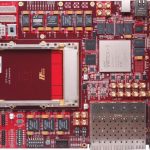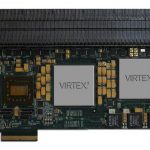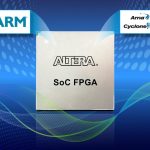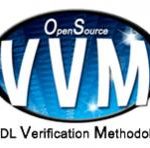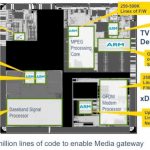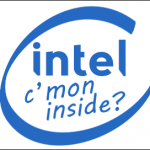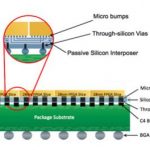At the Linley conference last week I ran into Gordon Brebner of Xilinx. He and I go a long way back. We had adjacent offices in Edinburgh University Computer Science Department back when we were doing our PhDs and conspiring to network the department’s Vax into the university network over a two-week vacation. We managed to … Read More
Tag: xilinx
12m FPGA prototyping sans partitioning
FPGA-based prototyping brings SoC designers the possibility of a high-fidelity model running at near real-world speeds – at least until the RTL design gets too big, when partitioning creeps into the process and starts affecting the hoped-for results.
The average ASIC or ASSP today is on the order of 8 to 10M gates, and that includes… Read More
Altera’s Real Impact with ARM based SOC FPGAs
At the annual Linley Processor Conference this past week a number of chip vendors proposed a raft of new networking solutions directed at solving today’s bandwidth issues. Perhaps the overall highlight of the conference was the recognition by Keynote Speaker Linley Gwennap of the shift that is taking place towards ARM based solutions.… Read More
A Brief History of Semiconductors: the Foundry Transition
A modern fab can cost as much as $10B dollars. That’s billion with a B. Since it has a lifetime of perhaps 5 years, owning a fab costs around $50 per second and that’s before you buy any silicon or chemicals or design any chips. Obviously anyone owning a fab had better be planning on making and selling a lot of chips if they are going to make… Read More
A Brief History of FPGAs
From the transistor to the integrated circuit to the ASIC, next comes programmable logic devices on the road to the mainstream fabless semiconductor industry. PLDS started in the early 1970’s from the likes of Motorola, Texas Instruments, and IBM but it wasn’t until Xilinx brought us the field programmable gate array (FPGA)… Read More
AMS Programmable Prototype Platforms
AVNET released their 15[SUP]th[/SUP] Xfest this year, a couple of months ago. It was here in Germany last week. It was a well organized event, rich with invaluable technical information and full of decent smart engineers and managers. If you missed it this year register for the next event as soon as you can.
It was a very successful… Read More
Oasys Gets Funding from Intel and Xilinx
Oasys announced that it closed its series B funding round with investments from Intel Capital and Xilinx. The fact that any EDA company has closed a funding round is newsworthy these days; companies running out of cash and closing the doors seems to be a more common story.
Oasys has been relatively quiet, which some people have taken… Read More
EDPS: SoC FPGAs
Mike Hutton of Altera spends most of his time thinking about a couple of process generations out. So a lot of what he worries about is not so much the fine-grained architecture of what they put on silicon, but rather how the user is going to get their system implemented. 2014 is predicted to be the year in which over half of all FPGAs will… Read More
Intel’s Fait Accompli Foundry Strategy
As many analysts have noted, it is difficult to imagine what Intel’s foundry business will look like one, two or even three years down the road because this is all new and what leading fabless player would place their well being in the hands of one who is totally new at the game. I would like to suggest there is a strategy in place that will… Read More
3D-IC Physical Design
When process nodes reached 28 nm and below, it appeared that design density is reaching a saturation point, hitting the limits of Moore’s law. I was of the opinion that the future of microelectronic physical design was limited to 20 and 14 nm being addressed by technological advances such as FinFETs, double patterning, HKMG (High-k… Read More


